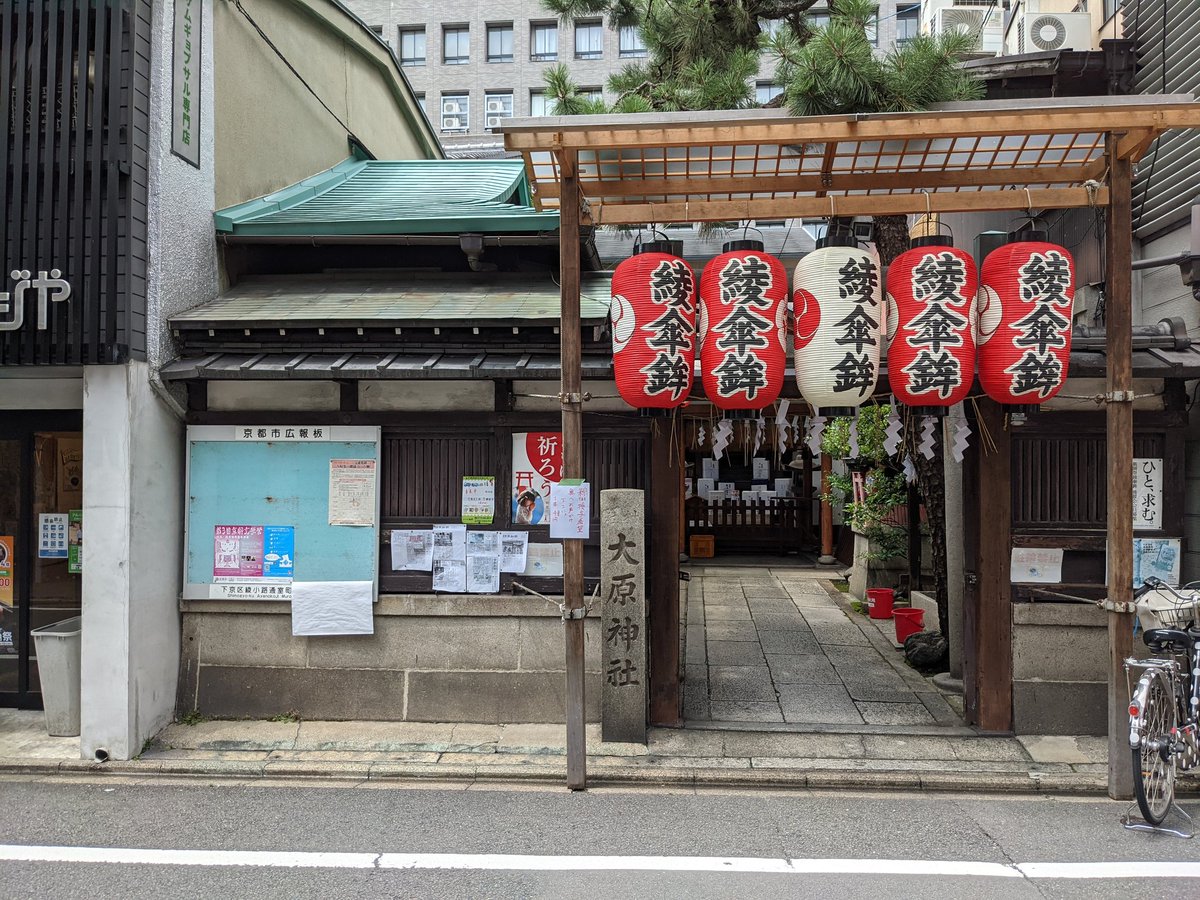
👅MELT-IN-THE-MOUTH MORSELS💦
Wibbly-wobbly warabimochi (わらび餅)☺️
A popular summer snack in Kansai, the melt-in-your-mouth warabimochi is a jelly-like sweet traditionally made from bracken starch (わらび粉 'warabiko').
It's covered with sweet, toasted soybean flour (黄粉).
Wibbly-wobbly warabimochi (わらび餅)☺️
A popular summer snack in Kansai, the melt-in-your-mouth warabimochi is a jelly-like sweet traditionally made from bracken starch (わらび粉 'warabiko').
It's covered with sweet, toasted soybean flour (黄粉).
There is a legend that Emperor Daigo (醍醐天皇 885-930) loved a particular type of warabimochi so much that he bestowed on it the rank of 'dayū' (大夫 -5th court rank). Over time 'Oka-tayū' (岡大夫) came to be used for warabimochi in general.
#Kyoto #Japan #わらび餅 #warabimochi



#Kyoto #Japan #わらび餅 #warabimochi




As real bracken starch (warabi) can be very expensive, many stores nowadays substitute it with potato, tapioca or kudzu (Japanese arrowroot) starch.
Today's delicious warabimochi is from Sagano's 'Chikuji-an' (嵯峨野/竹路庵). It's absolutely buried in kinako!🙌
#Japan #Kyoto
Today's delicious warabimochi is from Sagano's 'Chikuji-an' (嵯峨野/竹路庵). It's absolutely buried in kinako!🙌
#Japan #Kyoto
Nara prefecture has long been famous for its bracken starch, and during poor harvests warabimochi was used as an emergency food by farming communities.
If extracted by hand only about 70g of starch is produced from 10kg of bracken roots...a process that takes about 10 days😓



If extracted by hand only about 70g of starch is produced from 10kg of bracken roots...a process that takes about 10 days😓




Another sweet popular in Kansai during the summer months is a cubed confection called 'kuzuyaki' (葛焼).
Sugar, kudzu powder and bean paste are kneaded into a dough, cut into squares, and steamed. The sweets are finished by grilling each side and sprinkling with flour.
#和菓子



Sugar, kudzu powder and bean paste are kneaded into a dough, cut into squares, and steamed. The sweets are finished by grilling each side and sprinkling with flour.
#和菓子




Counted amongst the '7 Flowers of Autumn' (秋の七草), kudzu (葛) is a type of vine that has been used for centuries in cooking. Believed to aid with stomach problems, the dried stems are also used to make fabric & baskets. It symbolises strength of spirit, healing, and patience. 







Like bracken starch, kudzu was first farmed in Nara prefecture. In the Momoyama period kudzu became a popular ingredient in the foods and sweets prepared for tea ceremony, and as a result its popularity spread.
It takes about 100kg of kudzu to produce 10kg of 'flour'🥹
#和菓子



It takes about 100kg of kudzu to produce 10kg of 'flour'🥹
#和菓子




Originating in Kyōto, 'kuzukiri' (くずきり) is a dish of noodles made from starch-rich kudzu root. Enjoyed in the hot summer months, kuzukiri is typically served cold with a brown-sugar syrup.
Kuzu has long been considered to have medicinal properties, helping with circulation.
Kuzu has long been considered to have medicinal properties, helping with circulation.
Kagizen Yoshifusa (鍵善良房) is particularly well-known for their kuzukiri (くずきり), which is available all year round😛🧊🍜
➡️kagizen.co.jp
#くずきり #kuzukiri #鍵善良房 #KagizenYoshifusa #Kyoto #京都 #Japan



➡️kagizen.co.jp
#くずきり #kuzukiri #鍵善良房 #KagizenYoshifusa #Kyoto #京都 #Japan




Kuzu (葛) is a popular ingredient for makers of traditional Japanese sweets, especially in the hotter months.
the arrowroot vine
holds on tight...
a post
葛蔓の手にしてまとふ柱かな
-Kobayashi Issa (小林一茶), 1819.
Trans. David G. Lanoue.
#wagashi #和菓子 #haiku #Japan #葛



the arrowroot vine
holds on tight...
a post
葛蔓の手にしてまとふ柱かな
-Kobayashi Issa (小林一茶), 1819.
Trans. David G. Lanoue.
#wagashi #和菓子 #haiku #Japan #葛




🚦KOHAKU🍬
Kohaku (琥珀 lit. 'amber') is a jelly-like sweet made from agar-agar. Because it can be flavoured and moulded, there are almost limitless varieties on offer.
The name is a reference to the original sweets being dyed amber with gardenia fruit.
#琥珀 #kohaku #Japan



Kohaku (琥珀 lit. 'amber') is a jelly-like sweet made from agar-agar. Because it can be flavoured and moulded, there are almost limitless varieties on offer.
The name is a reference to the original sweets being dyed amber with gardenia fruit.
#琥珀 #kohaku #Japan




Shōjuken (松壽軒) creates sweets for Kōdai-ji's many tea gatherings. During summer, agar confections are particularly popular (similar to kohaku but without a crisp sugar coat).
This jewel-like leaf was delicately flavoured with ume, & melted away in an instant😋
#松壽軒 #Kyoto



This jewel-like leaf was delicately flavoured with ume, & melted away in an instant😋
#松壽軒 #Kyoto




• • •
Missing some Tweet in this thread? You can try to
force a refresh
































































